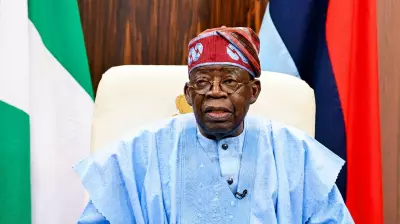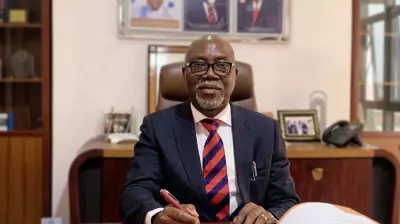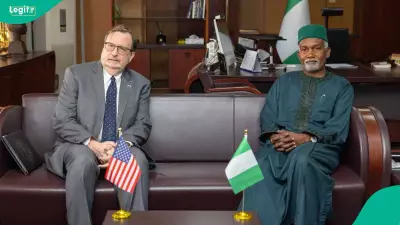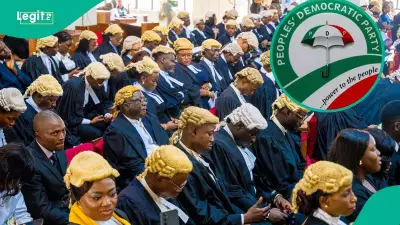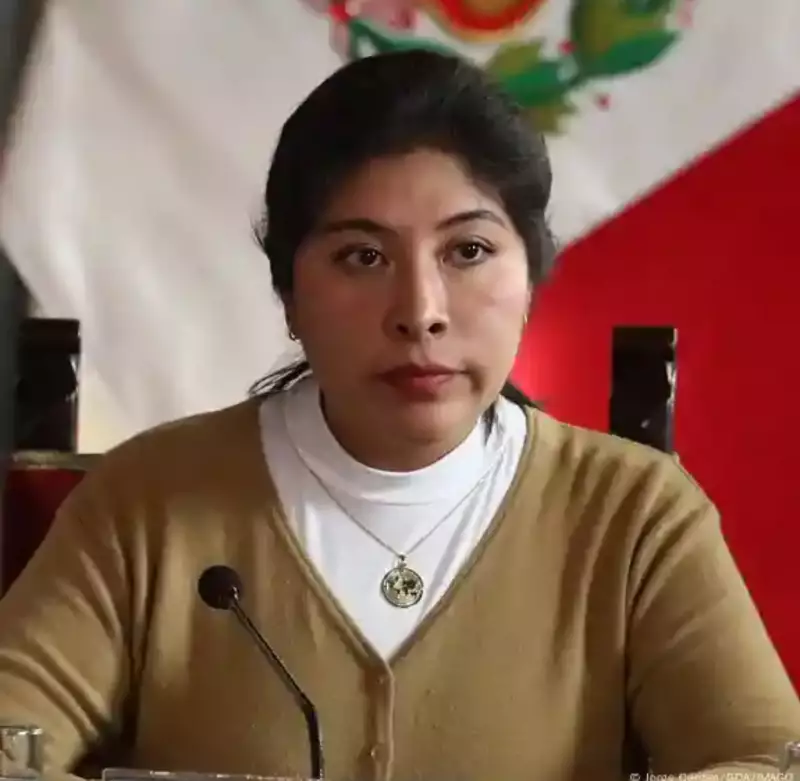
In a dramatic escalation of diplomatic tensions, the Peruvian government has officially severed all diplomatic ties with Mexico following the controversial decision to grant political asylum to former Prime Minister Betssy Chávez.
The Peruvian Foreign Ministry announced this decisive move on Tuesday, declaring Mexico's ambassador as persona non grata and giving diplomatic staff just 72 hours to exit the country. This represents one of the most severe diplomatic ruptures in recent Latin American history.
The Heart of the Conflict
At the center of this international storm stands Betssy Chávez, who served as Peru's prime minister for merely five days before her abrupt removal from office. The former official had sought refuge in the Mexican embassy in Lima since December 2022, claiming she faced political persecution from current Peruvian authorities.
Mexican officials defended their decision to grant asylum, stating they conducted a thorough review and determined Chávez faced legitimate risks to her safety and freedom. However, the Peruvian government vehemently disputes these claims, accusing Mexico of interfering in their internal affairs and protecting someone they consider wanted for serious allegations.
Immediate Consequences
The diplomatic breakdown has triggered immediate practical consequences:
- All Mexican diplomatic personnel must leave Peru within three days
- Bilateral cooperation agreements between the two nations are suspended
- Official communication channels between the governments are severed
- Future trade and cultural exchanges face significant uncertainty
Broader Regional Implications
This confrontation reflects deeper political divisions within Latin America, where ideological differences between governments have increasingly spilled over into international relations. The situation echoes similar diplomatic standoffs in the region involving embassy asylum cases, though the complete severing of ties represents an unprecedented escalation.
Regional analysts suggest this move could have far-reaching consequences for Latin American diplomacy, potentially creating new alliances and divisions among neighboring countries who must now navigate this fresh diplomatic fault line.
As both nations dig in their heels, the international community watches closely to see if mediation efforts might emerge or if this diplomatic freeze will persist indefinitely, reshaping the political landscape of the region.

